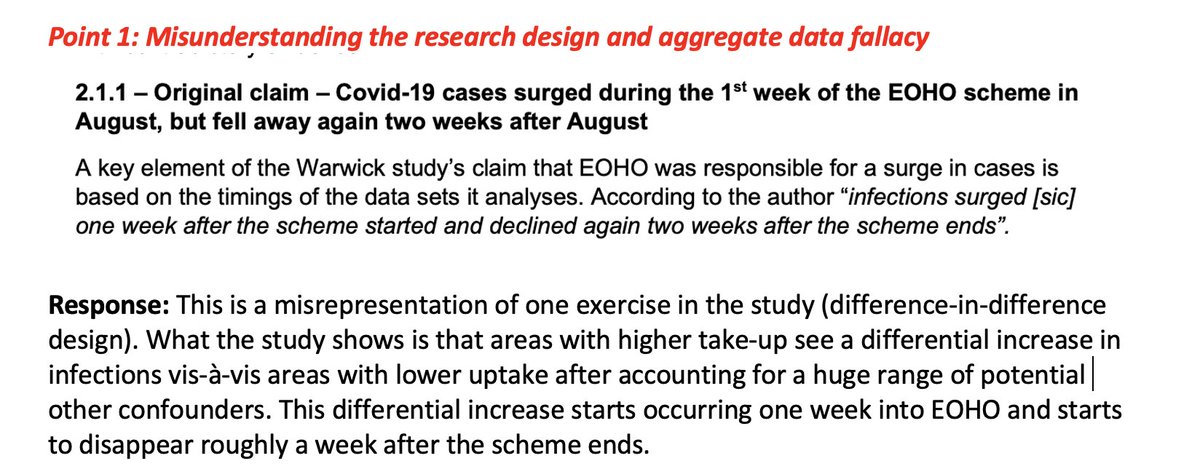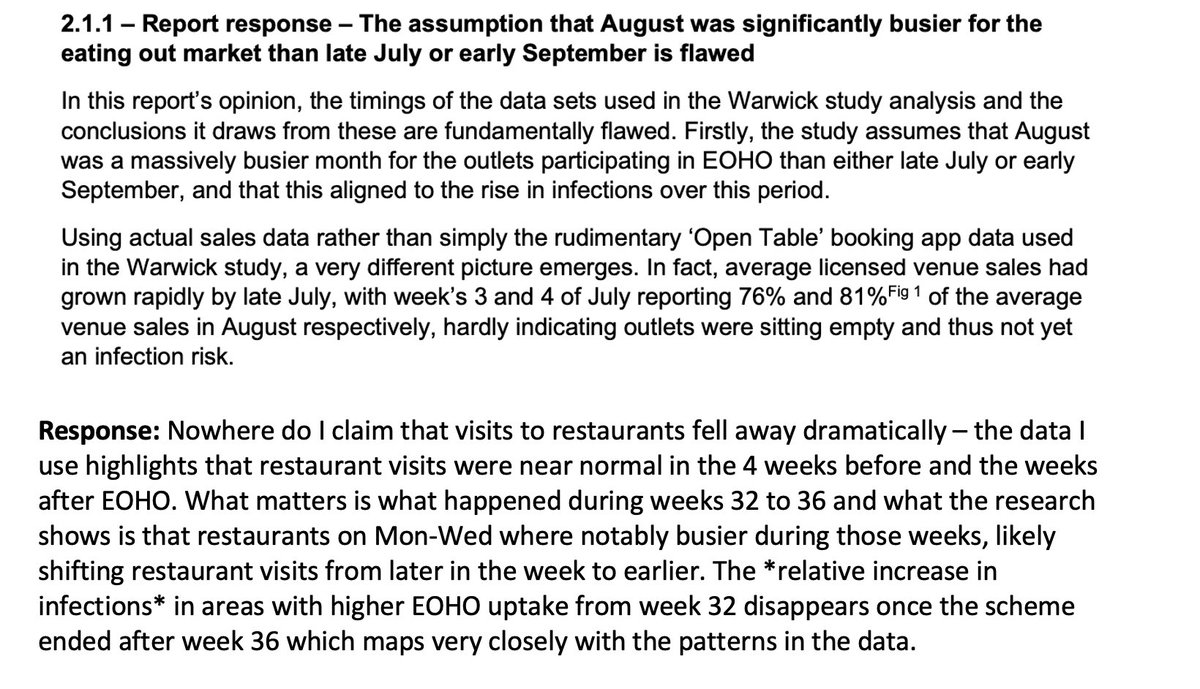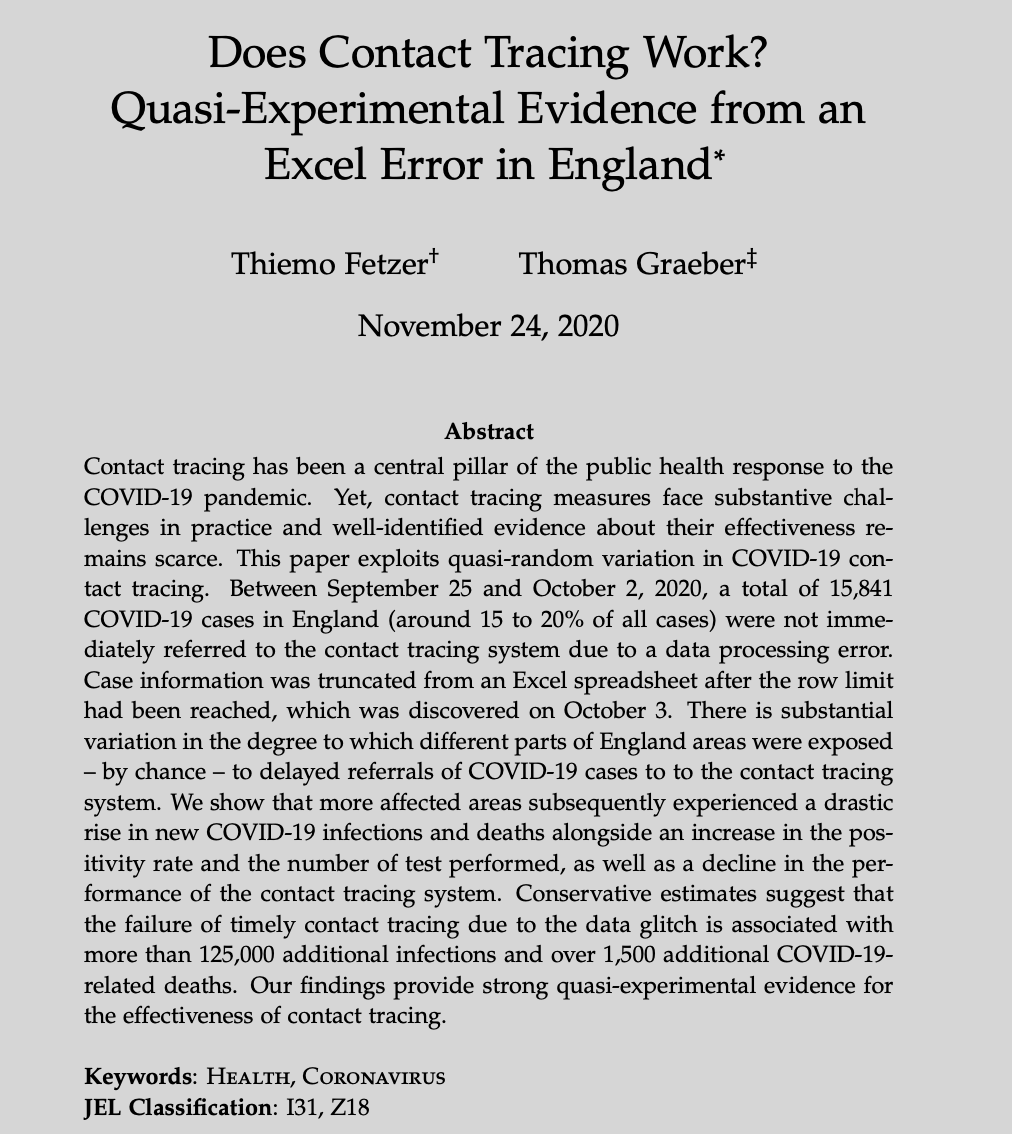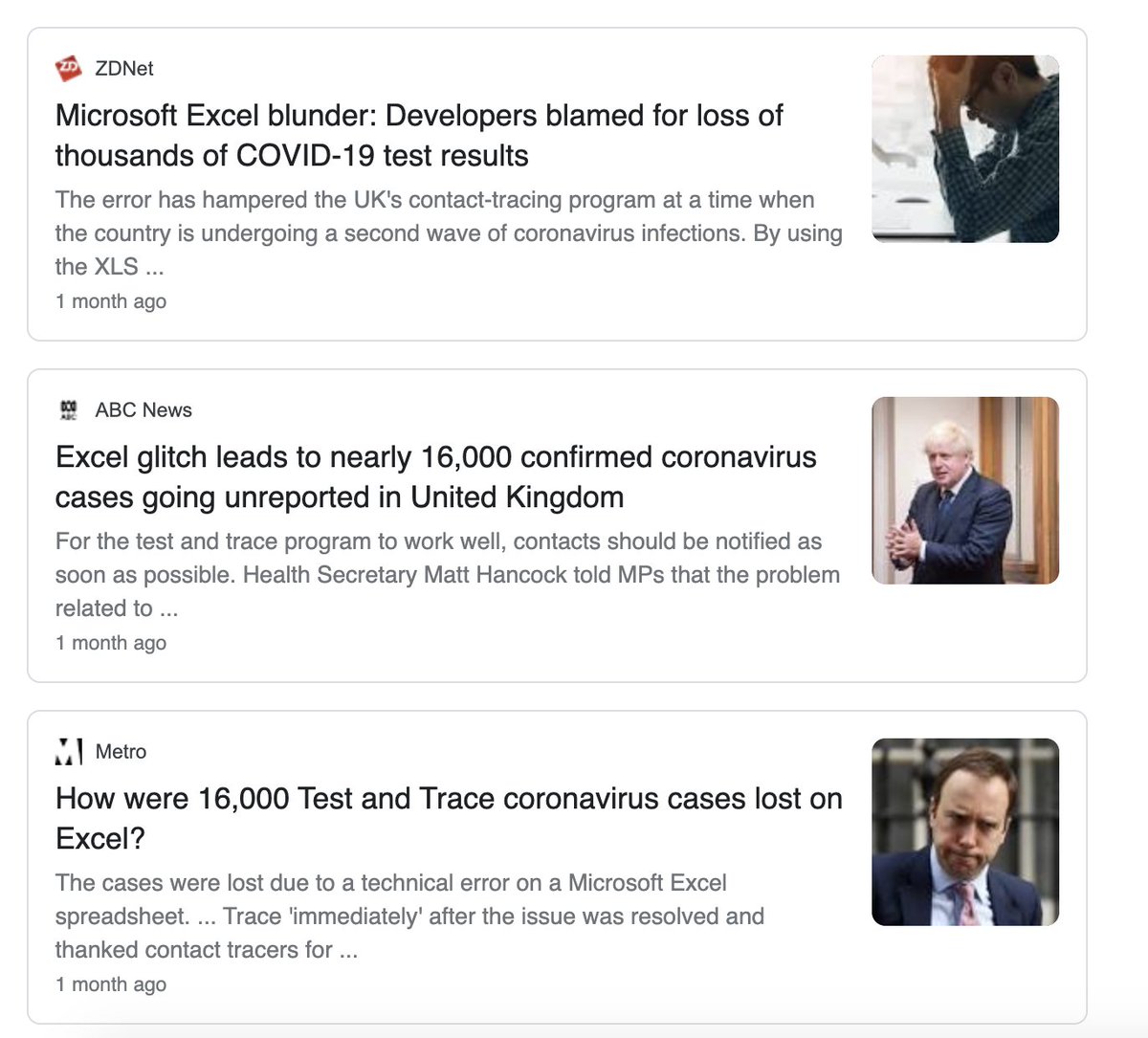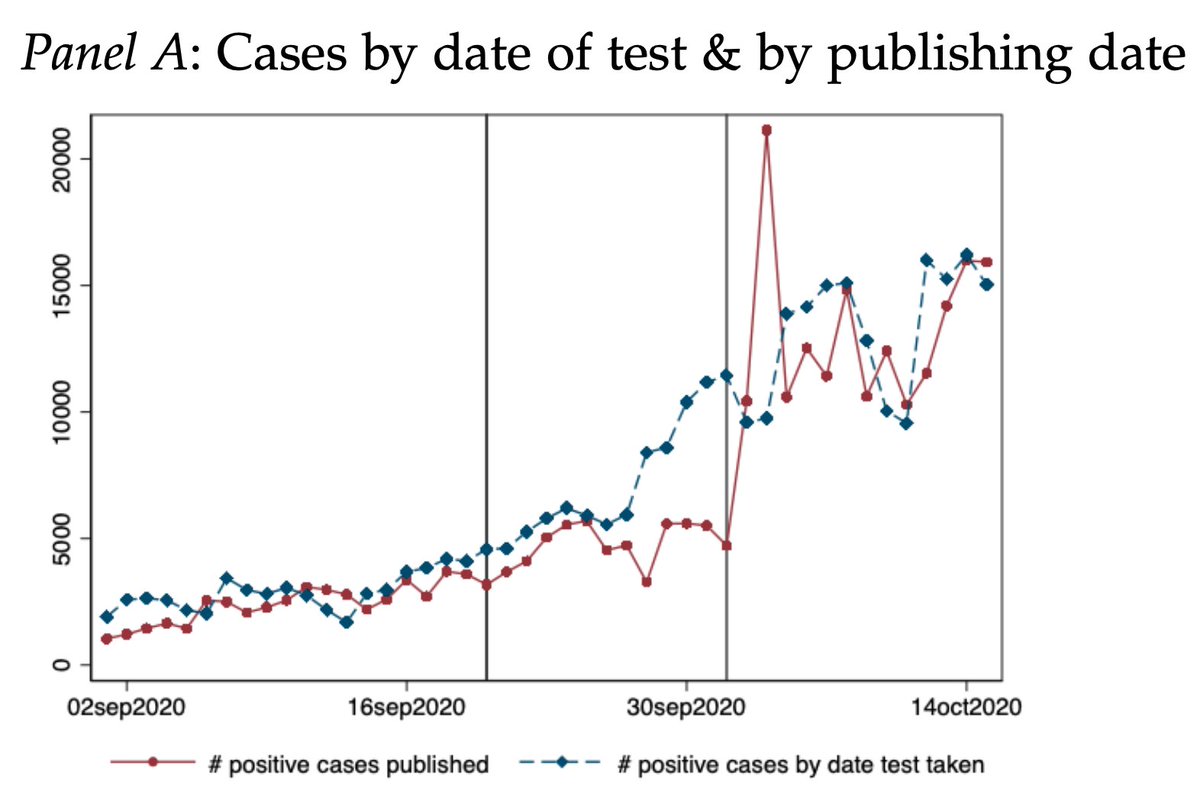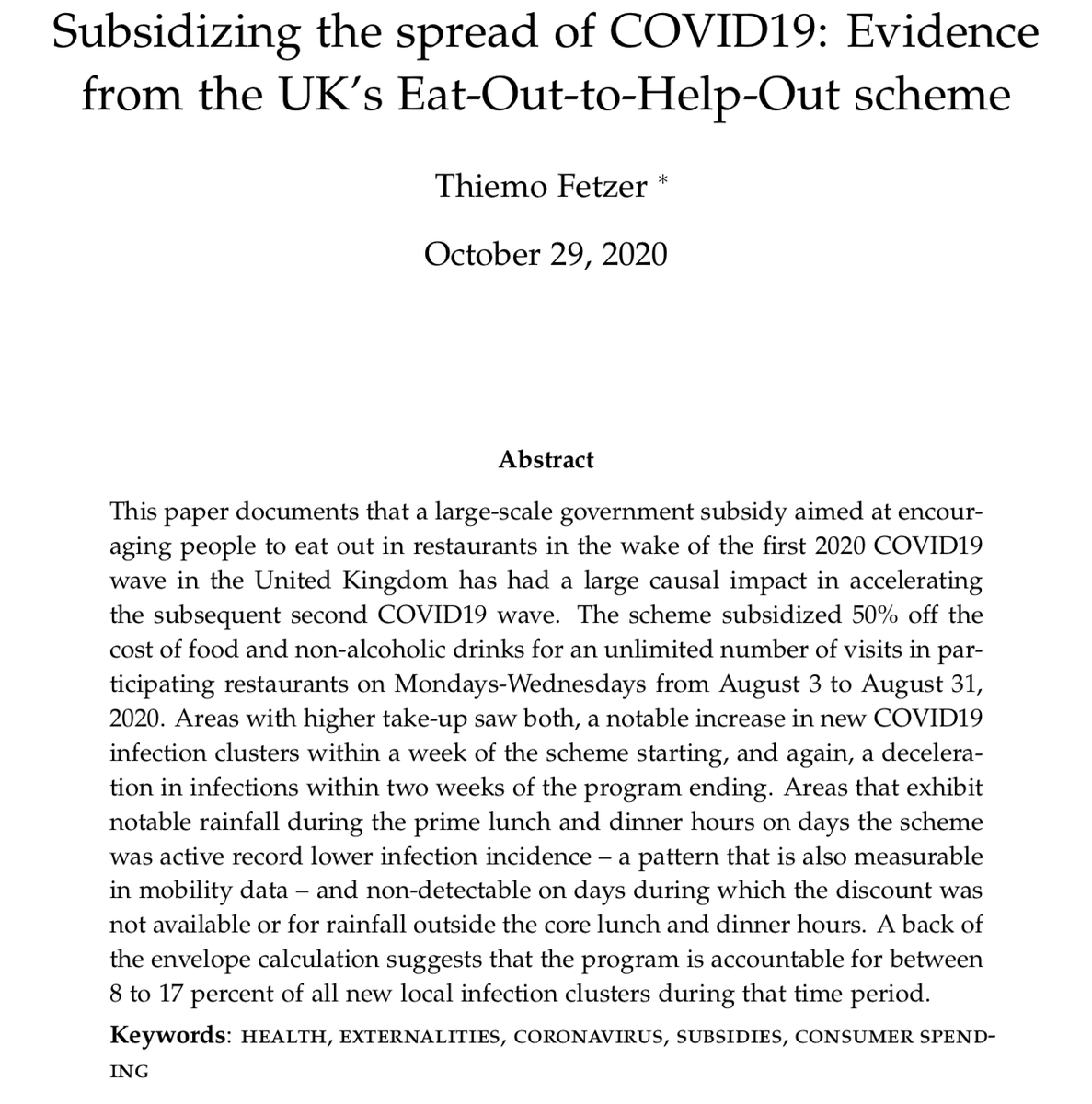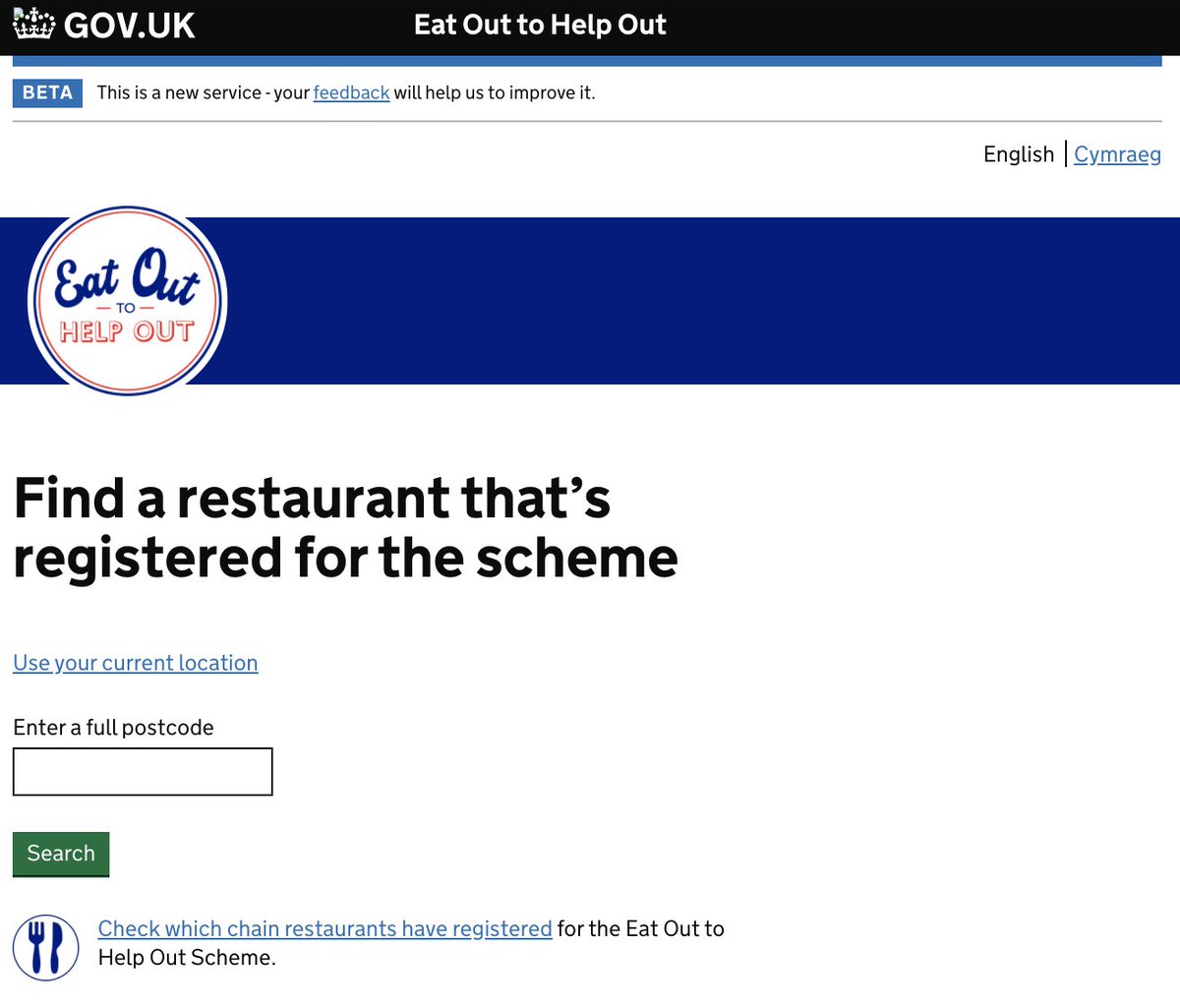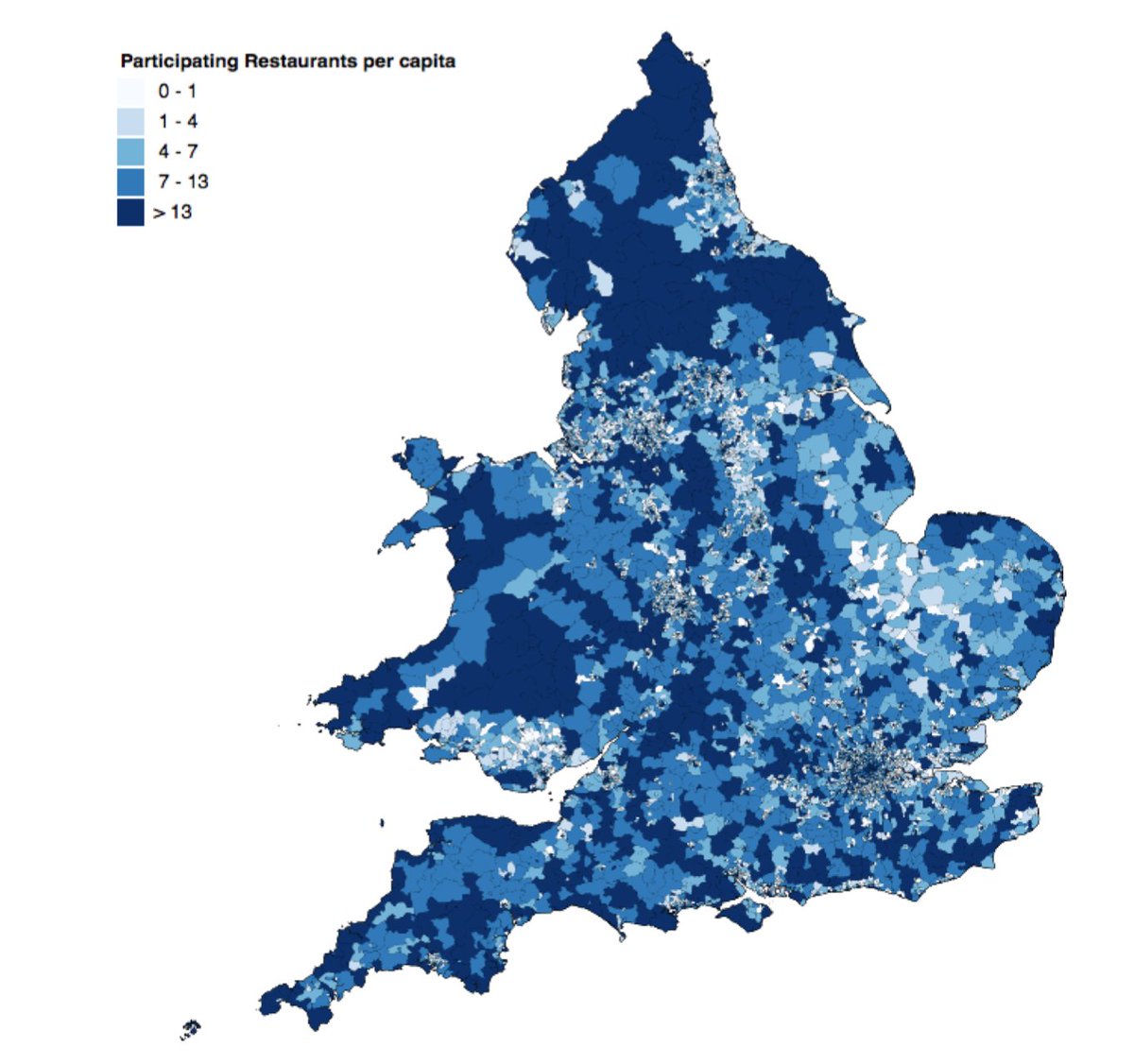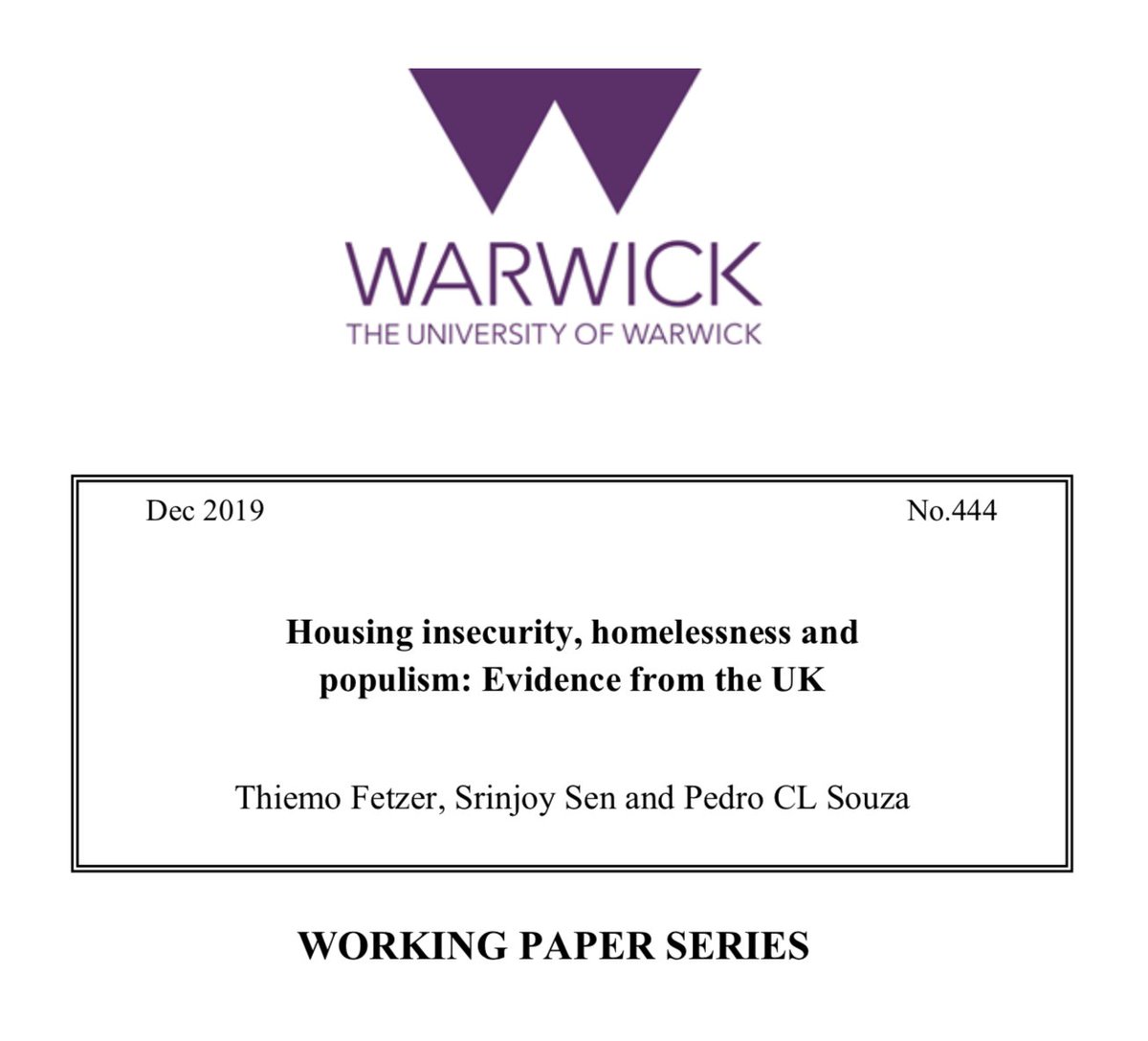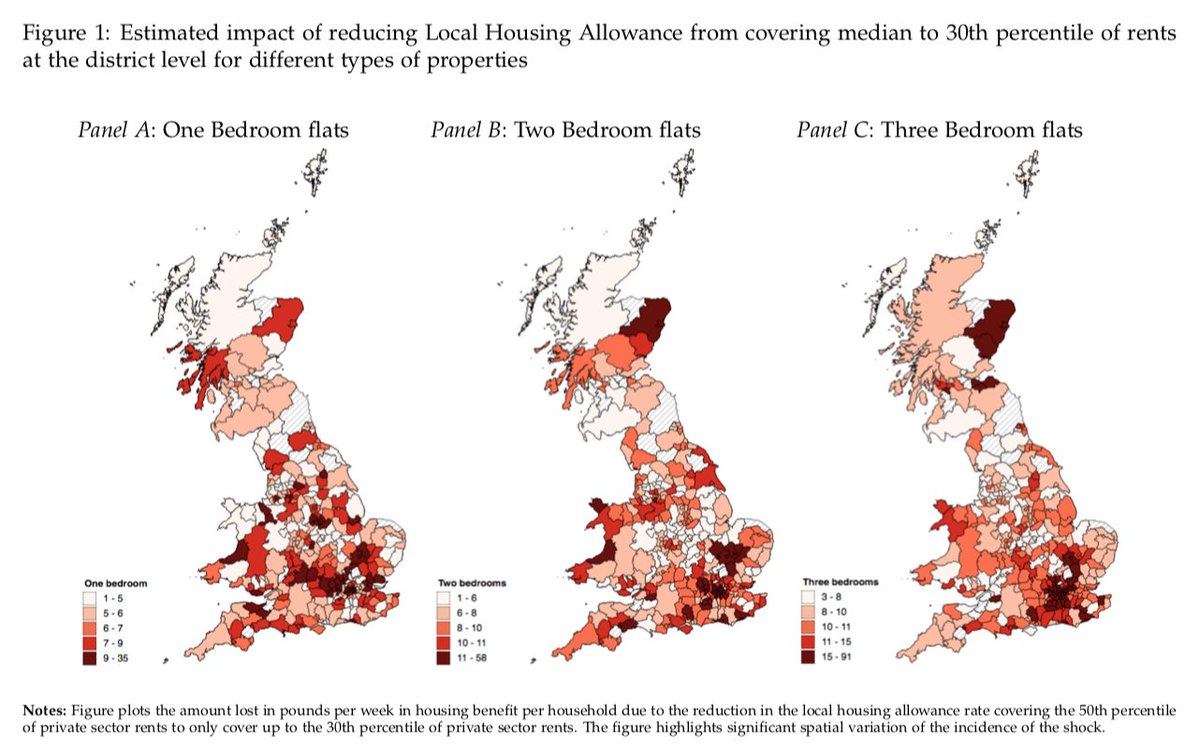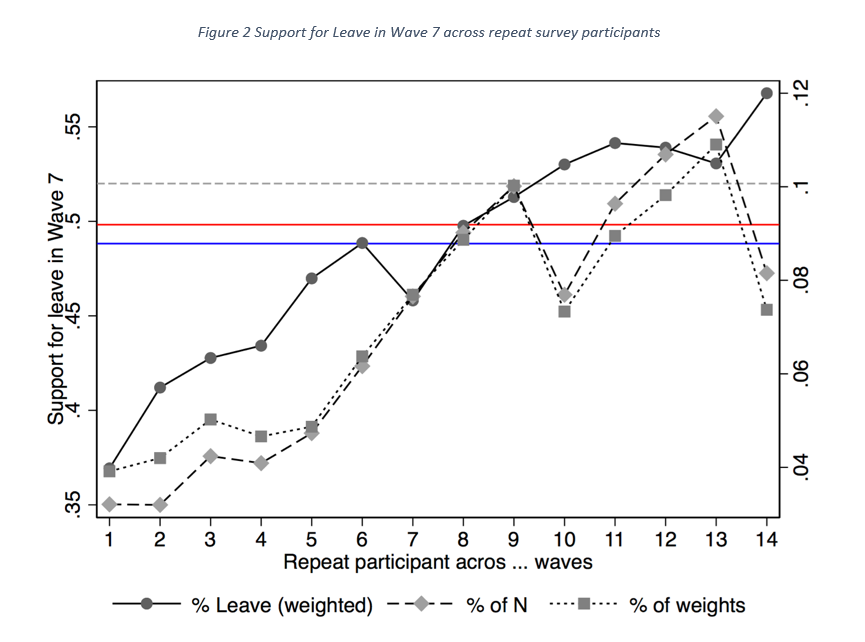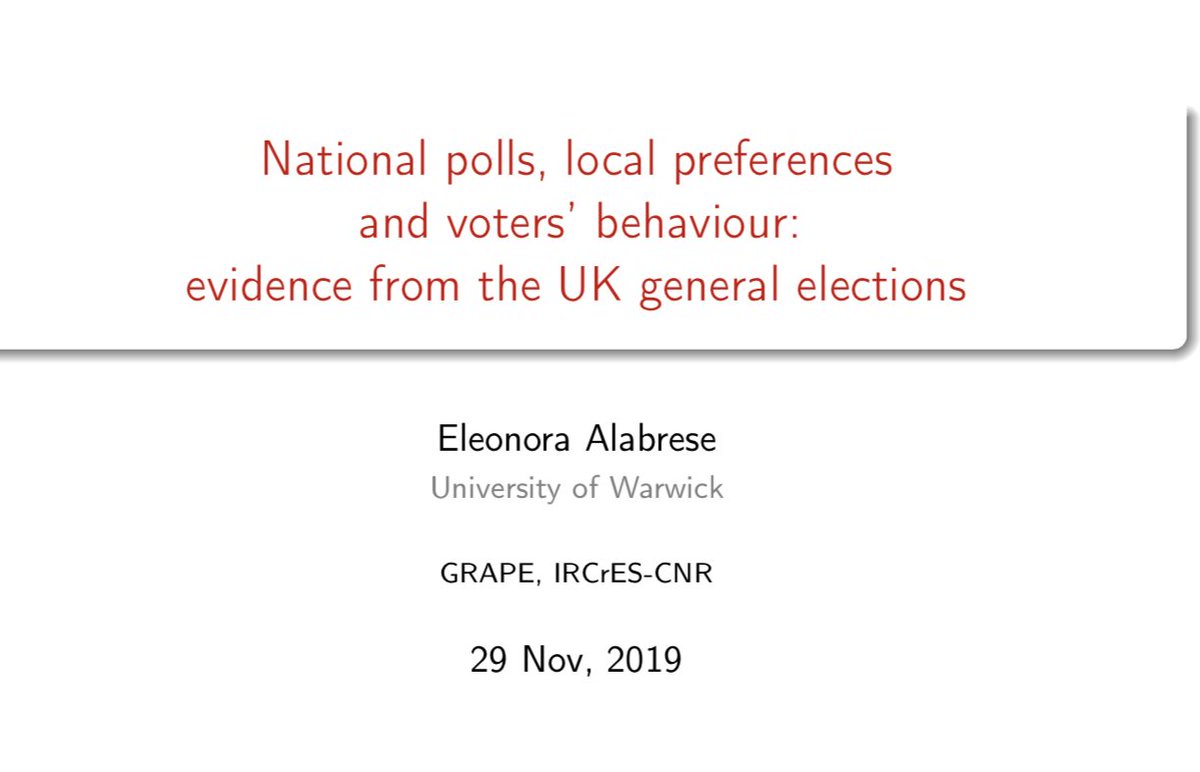
So I am going to report on some lack of progress about a #FOIA request we launched to @PHE_uk last Nov to make data available on the #Excel error that resulted in 15k #COVID19 cases to not be contact traced in a timely fashion (whatdotheyknow.com/request/region…). The response so far is ...
quite underwhelming. In the paper we reverse engineer the geographic distribution of the missing cases which is far from perfect. We find that places with higher exposure to the contact tracing error saw a notable differential increase in infections and subsequent deaths. 

Naturally we would much rather prefer to work with the actual data as the measurement will be more precise. And further, it would allow for a direct measurement of infections among contacts of individuals that were traced with a delay. But @PHE_uk do not consider this is of
public concern that warrants them running this query. If they really think the error was inconsequential (which our study suggests it was NOT), @PHE_uk are sitting on the data to disprove our study. I can live with that. This is science. But not doing the analysis while sitting
on the data is grossly irresponsible. Public entities should own their errors, act transparently & in the public interest - this is what I am paying taxes for. This could really need a boost @thedalstonyears @jdportes @PeterKGeoghegan @ImranRasul3 @pmdfoster my MP: @zarahsultana
• • •
Missing some Tweet in this thread? You can try to
force a refresh


